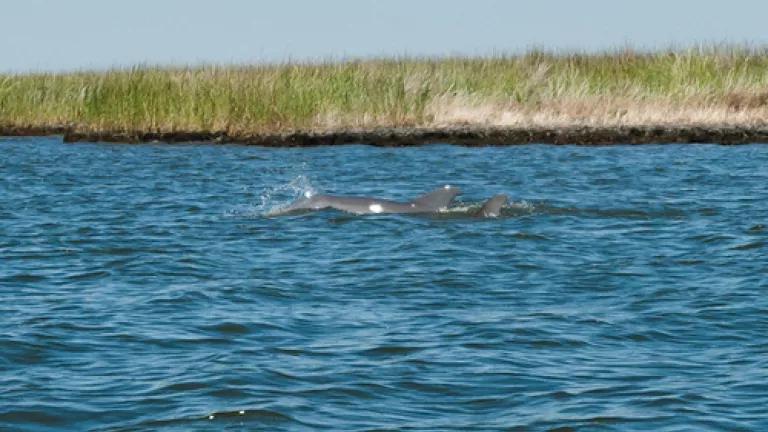
Six months after the Deepwater Horizon was capped, biologists in the Gulf are still trying to understand what has happened to their region. One thing they’ve noticed recently is an unusually high number of strandings of bottlenose dolphin calves.
Since January, calves have been turning up dead on the Gulf’s mainland beaches and barrier islands at a rate that is reportedly ten times greater than average. The animals are all extremely young – stillbirths or perhaps neonates that were born alive but unable to take their first breath – suggesting problems in development. “Something is amiss,” the Director of Mississippi’s Department of Natural Resources said earlier this week. An obvious question is whether the Deepwater Horizon is responsible.
Determining the cause of death in stranded whales and dolphins can be tricky business, even with a major offshore spill in the backdrop. We know that oil exposure can upset reproduction in wild mammals, and that dolphins aren’t particularly adept at avoiding sheens and emulsified oil. On the other hand, the calves might have died of infectious disease, or their mothers’ exposure to unrelated toxins, or any one of a variety of other causes, and their high reported numbers could be an artifact of the intensified monitoring that presumably has followed the spill.
Getting to the bottom of this mystery is an urgent matter. Biologists have identified more than 30 distinct bottlenose dolphins communities in the Gulf’s coastal waters and estuaries, some as small as a few dozen individuals. In communities this size, a high number of stillbirths can have serious consequences.
Whether or not the deaths are ultimately attributed to BP, the concern that has accompanied their discovery belies the hearty “mission accomplished” message that some are putting out. The fact is that oil lingers. It can work up the food chain, accumulate in body tissue, induce cascade effects across an ecosystem, and impact wildlife populations for decades after a spill. That’s one lesson we’re supposed to have learned from the Exxon Valdez disaster, where serious impacts on sea otters, killer whales, and shorebirds took years to manifest themselves. The worry we’re seeing over these poor dolphin calves won’t be our last reminder.
